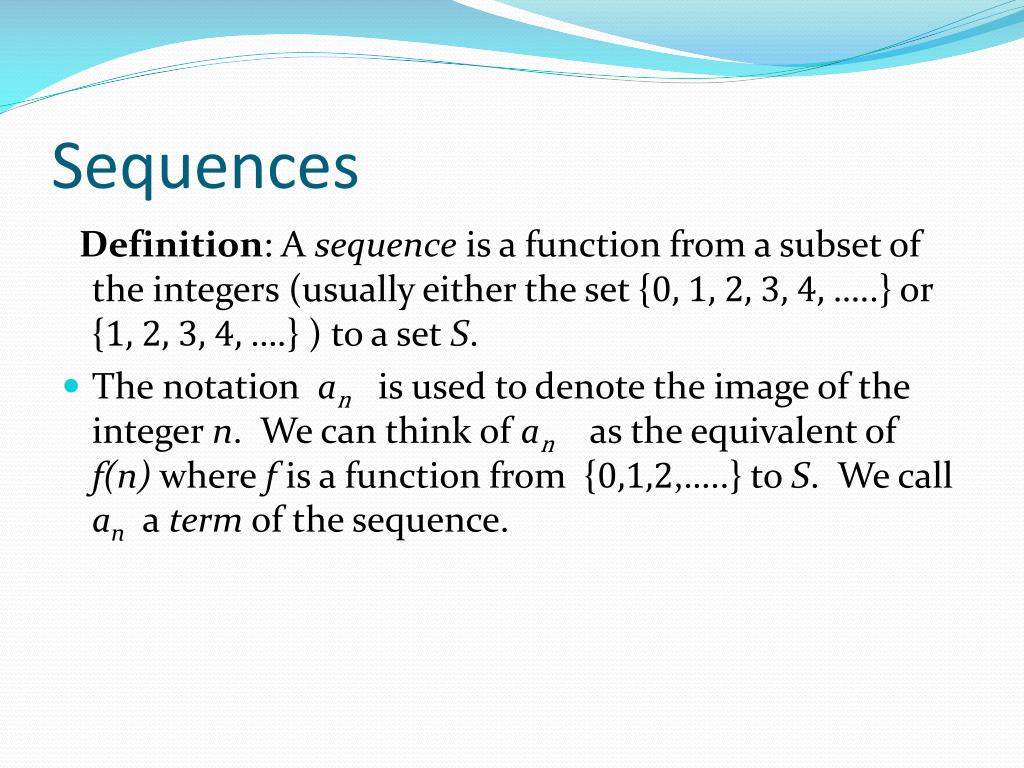
A sequence of numbers that satisfies one or more of the standard tests for statistical randomness. Pseudorandom Number Sequence: An ordered set of numbers that has been determined by some defined arithmetic process but is effectively a random number sequence for the purpose for which The numbered blocks in the diagram above are the bits of a Shift Register. The XOR gate is then used to feed the input of the PRBS circuit. The most common circuit for generating a Pseudo Random Binary Sequence is to use a Shift Register with the output taps feeding an XOR gate. sequences, defined as the minimum number of duplication and deduplication operations required to transform one sequence to the other.

Pseudorandom Number Generator: A circuit that generates pseudo random numbers. The Pseudo random number appears to be random, but not really random. This is read xn approaches a as n approaches. The LZ method was introduced back in 1976 by the electrical engineers Abraham Lempel and Jacob Ziv to study binary sequences. In particular, LZ measures how diverse are the patterns that are present in a particular signal.
#BINARY SEQUENCES DEFINITION SERIES#
If ( xn) converges to a then we say a is the limit of ( xn) and write. The Lempel-Ziv complexity (LZ) is a popular tool to quantify the uncertainty contained in time series data.

if for all >0, there exists N in N such that xn - a < for all n N. The sequence ( xn) is said to converge to a real number a. 1 Simply put, the problem is that many of the sources of randomness available to humans (such as rolling dice) rely on physical processes not readily available. Also maximal length sequences or m-sequences. Definition Let ( xn) be a sequence of real numbers. A pseudorandom sequence of numbers is one that appears to be statistically random, despite having been produced by a completely deterministic and repeatable process. The pseudo random sequences codes are also known as Maximum Length Sequence codes.


 0 kommentar(er)
0 kommentar(er)
